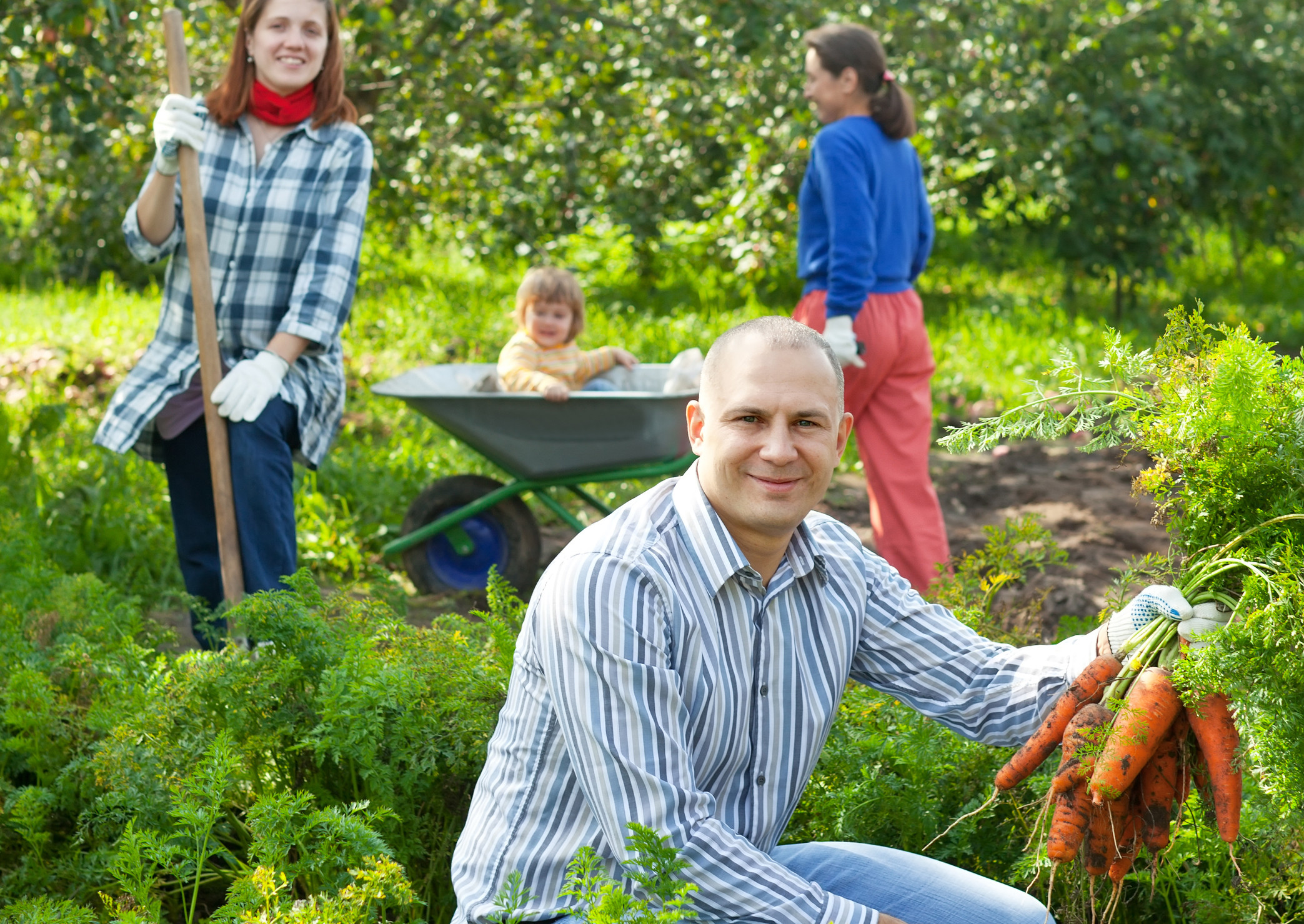
Composteaza
Earth is also a resource of the county we love, and compost is the food of the earth. More specifically, it is the natural fertilizer resulting from the slow fermentation of various vegetable residues mixed with some mineral substances.
Vegetable scraps are all that remains after garden care: green branches of trees, dry leaves, grass and flower scraps. Mineral substances means everything that remains in the kitchen, that is, certain food debris, fruit, vegetables, eggshells, coffee grounds and tea bags or plant remains used in tea.
If we love the county we live in, biodegradable waste can easily be transformed into compost instead of reaching the landfill. How? We separate them from other debris and put them in the composting unit, following some simple rules.

Composteaza
RULES FOR MANUFACTURING COMPOSITE
Placing the compost container
Through the project, 20,000 individual composting units will be distributed free of charge in the rural area. Anyone can, however, manufacture a compost container from a few wood stands with spaces between them or buy a special container from the gardening shops.
Ideally, placing the container for composting is under a tree, in a corner of the garden or orchard. In summer, the tree avoids strong sunshine and the winter leaves the sun warming. Also, the container should be placed on the ground on a bed made of branches and debris from the dressing of the garden. We do not have to put the container on the asphalt! It is important that the earthworms and mushrooms have access to the mixture to decompose it, and the water has somewhere to drain.
Aeration
Once a week, it is necessary to mix in the top-down container with a stick or a stick of wood for loosening.
Humidity
The mixture must be wet permanently but not drowned in water. Like a sponge squeezed. If too dry, add water.
Heat
The process of composting is based on fermentation. This means that the temperature of the mixture increases over time. The temperature can be checked from time to time with a garden thermometer, the ideal range being between 30 and 70 degrees Celsius. If it is larger or smaller or if the mixture smells too strong, it must be mixed.
The mixture for compost
Mix hard and dry scraps (sawdust, corn cobs, straw, egg shells, tree bark, dried leaves, paper, cardboard) with soft, humid scraps (fruit and vegetable shells, grass, green leaves, weeds, Coffee, tea). The ideal ratio is half moist, half dry. Mix large debris with small debris to allow air to enter and ferment.
CAREFUL!
We do not use compost:
- plastic, cans, batteries
- fat products, such as dairy products, oils, salad dressings
- seed weeds
- grass treated with herbicides
- diseased plants
- scraps of raw meat or bones
Example for a compost recipe
At the bottom of the composting container we lay a layer of about 10-15 cm of broken branches or other debris left from the cleaning of the garden. Over them we add a layer of kitchen, damp, soft. Mix everything well and add water if needed to get wet. To begin fermenting sooner we add a layer of earth from the garden, the old compost after each layer of kitchen scraps. This is the “bed”, that is, the basic layer of the future compost. Once the “bed” is finished, we add the proper blend of organic waste, that is, kitchen waste mixed with garden remains. We continue to add layers of material by mixing them well until the container has filled or finished the materials. The finished compost is ready after about 3 to 5 months, depending on what has been mixed in. We can see that it is ready when it is black or brown, it is tied, not scattered and smells like the forest land.
Benefits of compost
The use of compost as a fertilizer contributes to:
- improving the soil structure and its resistance to erosion;
- enriching the soil with the nutrients necessary for the plants gradually, naturally, providing soil fertilizers at all times;
- soil fauna growth;
- reducing the negative effects of toxic agents such as pesticides or heavy metals;
- avoiding peat consumption;
- solving the problem of climate change as the compost retains carbon dioxide at ground level.
So the use of compost contributes to the transformation of Bihor County into a story land. In addition, the compost provides free natural fertilizer for the garden and orchard soil and keeps the 100% organic harvest!
